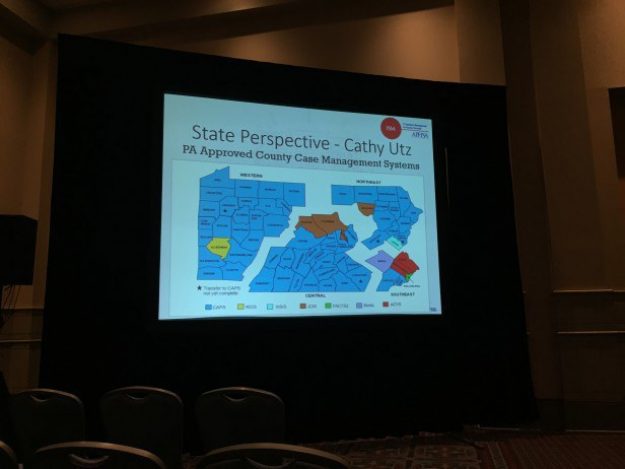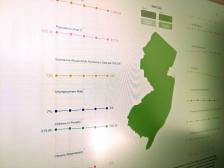Data sharing central to new Pa. child welfare system

In Pennsylvania, tracking child welfare cases used to be a tricky task.
The state’s 67 counties each had separate, fragmented systems that prevented Pennsylvania officials from effectively tracking a case of child abuse if the child moves or an incident occurs in a different county. But earlier this year, the state started moving to a centralized information database that makes it easier for the state’s Department of Human Services to follow each child welfare case.
Once that data is shared with the state, it can also be shared among counties, Cathy Utz, DHS’ deputy secretary for Human Services, said last month at the American Public Human Services Association’s IT Solutions Management conference.
The new system, called the Child Welfare Information Solution, or CWIS, works as a data warehouse for information coming from each county system, and organizes and standardizes the data for distribution to other counties if necessary. In the commonwealth, specifically with cases of abuse and endangerment, child welfare issues are predominantly supervised at the state level and administered at the county level. For instance, if the state receives a tip about a case of child endangerment or abuse, it is funneled down to an official in the county’s office of children and youth.
Before the new system, each county office kept track of caseloads through different systems — in more rural areas of the state, some were even monitored through paper-based methods. Now with CWIS, officials at the state level — and at the county level — will have a start-to-finish viewfinder on what happens with a child or a family’s case over time, regardless of whether that family remains in the same county. Each county will use one of seven approved case management systems that interact with CWIS. The list of approved systems was culled from existing technology investments underway across the state’s counties.
“The prior method was full of duplication,” said Laurie O’Connor, the executive director of Montgomery County’s Office of Children and Youth. “It was wrought with inaccuracies related to human error.”
The move to the new system stems back to 2008, when the state conducted a feasibility study on how best to monitor child welfare cases. At the time, the state used a Statewide Automated Child Welfare Information System, or SACWIS, to track case information funneled up from the county level. But the old system couldn’t offer of full account of a child’s time in the system.
“We couldn’t paint a picture of a child’s point of entry into our system to the time they exited,” Utz said. “I could tell you whether they were a victim of abuse or neglect, but there were over 100,000-120,000 children who were being served that we had no idea what was happening at the local level.”
The process of migration to the new CWIS is still underway. The state has completed the first phase, dedicated to how new cases are referred to counties, and now will shift its focus to the reports about the children involved in these cases, the providers helping the children and the budget process for child welfare services.
“I think that change requires time, it requires patience,” O’Connor said. “But this is really changing our ability to protect kids and to respond.”






